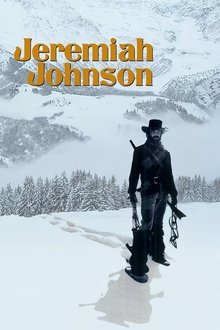Owen Thursday sees his new posting to the desolate Fort Apache as a chance to claim the military honour which he believes is rightfully his. Arrogant, obsessed with military form and ultimately self-destructive, he attempts to destroy the Apache chief Cochise after luring him across the border from Mexico, against the advice of his subordinates.
Related Movies
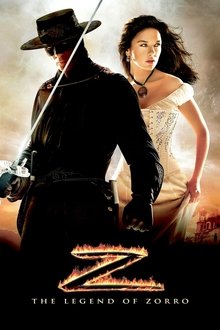
The Legend of Zorro (2005)
Despite trying to keep his swashbuckling to a minimum, a threat to California's pending statehood causes the adventure-loving Don Alejandro de la Vega and his wife, Elena, to take action.
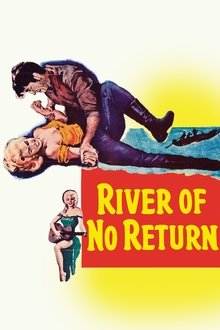
River of No Return (1954)
An itinerant farmer and his young son help a heart-of-gold saloon singer search for her estranged husband.
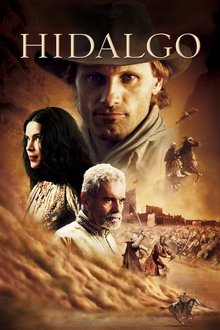
Hidalgo (2004)
Set in 1890, this is the story of a Pony Express courier who travels to Arabia to compete with his horse, Hidalgo, in a dangerous race for a massive contest prize, in an adventure that sends the pair around the world...
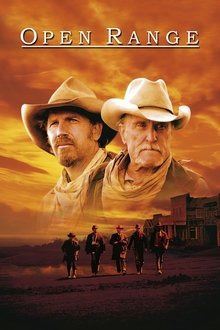
Open Range (2003)
A former gunslinger is forced to take up arms again when he and his cattle crew are threatened by a corrupt lawman.
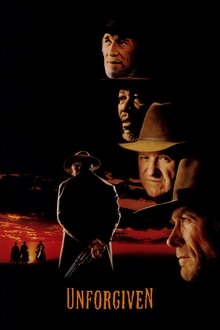
Unforgiven (1992)
William Munny is a retired, once-ruthless killer turned gentle widower and hog farmer. To help support his two motherless children, he accepts one last bounty-hunter mission to find the men who brutalized a prostitute. Joined by his former partner and a cocky greenhorn, he takes on a corrupt sheriff.
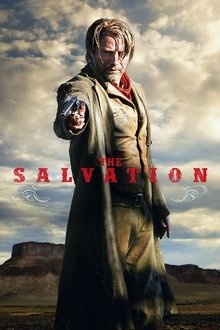
The Salvation (2014)
In 1870s America, a peaceful American settler kills his family's murderer which unleashes the fury of a notorious gang leader. His cowardly fellow townspeople then betray him, forcing him to hunt down the outlaws alone.
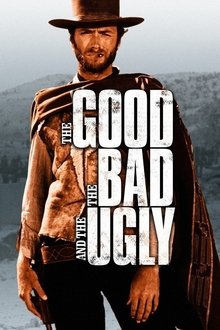
The Good, the Bad and the Ugly (1966)
While the Civil War rages on between the Union and the Confederacy, three men – a quiet loner, a ruthless hitman, and a Mexican bandit – comb the American Southwest in search of a strongbox containing $200,000 in stolen gold.
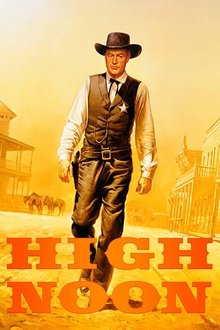
High Noon (1952)
Will Kane, the sheriff of a small town in New Mexico, learns a notorious outlaw he put in jail has been freed, and will be arriving on the noon train. Knowing the outlaw and his gang are coming to kill him, Kane is determined to stand his ground, so he attempts to gather a posse from among the local townspeople.
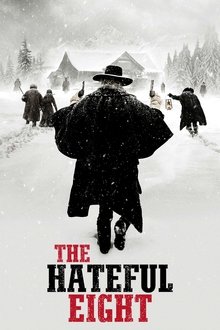
The Hateful Eight (2015)
Bounty hunters seek shelter from a raging blizzard and get caught up in a plot of betrayal and deception.
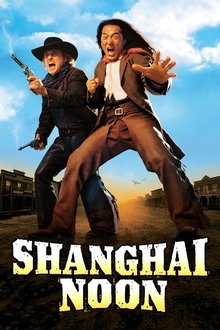
Shanghai Noon (2000)
Chon Wang, a clumsy imperial guard, trails Princess Pei Pei when she's kidnapped from the Forbidden City and transported to America. Wang follows her captors to Nevada, where he teams up with an unlikely partner, outcast outlaw Roy O'Bannon, and tries to spring the princess from her imprisonment.
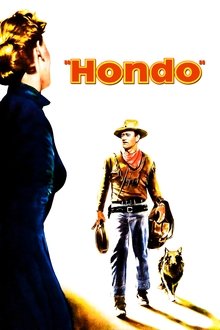
Hondo (1953)
Army despatch rider Hondo Lane discovers a woman and her son living in the midst of warring Apaches, and he becomes their protector.
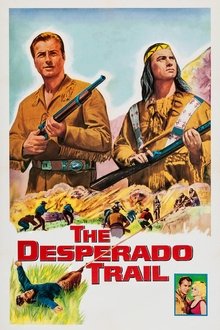
The Desperado Trail (1965)
Rollins' gang wants to grab land by inciting the settlers in a war against the Indians but Winnetou and Old Shatterhand try to keep the peace, until Rollins frames Winnetou up for the murder of Jicarilla Chief's son.
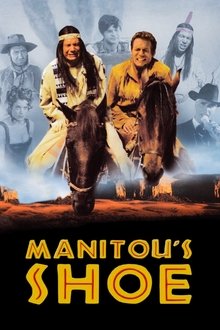
Manitou's Shoe (2001)
Abahachi, Chief of the Apache Indians, and his blood brother Ranger maintain peace and justice in the Wild West. One day, Abahachi needs to take up a credit from the Shoshone Indians to finance his tribe's new saloon. Unfortunately Santa Maria, who sold the saloon, betrays Abahachi, takes the money and leaves. Soon, the Shoshones are on the warpath to get their money back, and Abahachi is forced to organize it quickly.
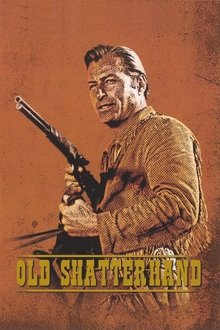
Old Shatterhand (1964)
Renegades trying to get the army to abandon their fort get the Indians addicted to whiskey, then convince them to attack and drive out the soldiers.
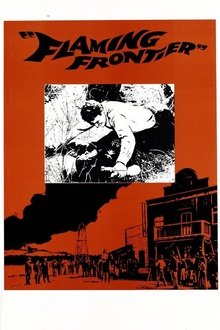
Flaming Frontier (1965)
Old Surehand and his faithful old friend Old Wabble are on the trail of a cold-blooded killer with the nickname 'The General'. The brother of Old Surehand was murdered by him. On the way Old Surehand and Old Wabble are involved in the running conflict between settlers and Comanches who are likely to go on the war path. Old Surehand can count on the support of his friend and blood brother Winnetou, the amiable chief of the Apaches. Written by Robert
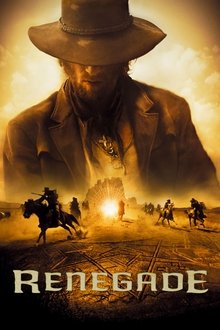
Renegade (2004)
U.S Marshal Mike Donovan has dark memories of the death of his first love. He keeps peace between the Americans and the natives who had temporarily adopted and taken care of him. The evil actions of a white sorcerer lead him to confront the villain in the Sacred Mountains, and, through shamanic rituals conquer his fears and uncover a suppressed memory he would much rather deny.
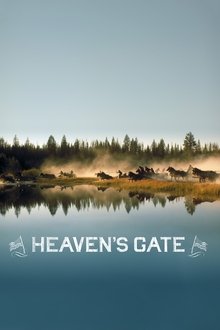
Heaven's Gate (1980)
Harvard graduate James Averill serves as the sheriff of prosperous Jackson County, Wyoming, standing at the center of a conflict between impoverished immigrants and affluent cattle farmers. Politically connected ranchers enlist mercenary Nathan Champion—who is also vying for the affections of local madam Ella Watson—to combat the immigrant uprising. As tensions escalate, both Averill and Champion start to question their decisions.
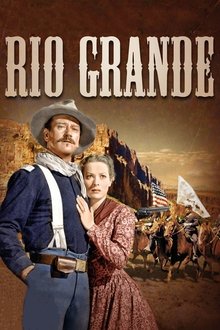
Rio Grande (1950)
Lt. Col. Kirby Yorke is posted on the Texas frontier to defend settlers against depredations of marauding Apaches. Col. Yorke is under considerable stress by a serious shortage of troops of his command. Tension is added when Yorke's son (whom he hasn't seen in fifteen years), Trooper Jeff Yorke, is one of 18 recruits sent to the regiment.
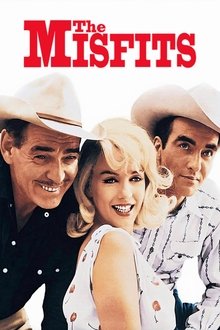
The Misfits (1961)
While filing for a divorce, beautiful ex-stripper Roslyn Taber ends up meeting aging cowboy-turned-gambler Gay Langland and former World War II aviator Guido Racanelli. The two men instantly become infatuated with Roslyn and, on a whim, the three decide to move into Guido's half-finished desert home together. When grizzled ex-rodeo rider Perce Howland arrives, the unlikely foursome strike up a business capturing wild horses.
